Eaten in almost every country in the world, cabbage is one of the most versatile vegetables available. It adapts to many climates and altitudes. Composed of 90% water, it holds a significant amount of vitamins and minerals, such as vitamins A and C, calcium, potassium and manganese. Low in calories, cabbage offers only 15 calories per one cup serving, cooked.
To store, refrigerate cabbage in the hydrator drawer. Do not remove outer leaves before storing. A plastic bag will help retain moisture but is not necessary.
Often used in coleslaw, shred or chop cabbage and toss with grated carrots and chopped green onions. Add a mayonnaise or yogurt dressing or try a vinaigrette.
To prepare, cut cabbage into wedges. Steam them for 5-7 minutes and serve with butter, salt and pepper, and top with grated cheese. Try sauteing cabbage and using it as a stir-fry with other vegetables. When cooking cabbage, remember to cook it lightly. Overcooked cabbage may produce a strong flavor and odor.
Did you know?
- Cabbage is a cool season plant and somewhat cold tolerant so normally planted earlier than most other crops.
- Cabbage is high in fiber, vitamin C & K, and naturally fat free and cholesterol free.
- There are at least a hundred different types of cabbage grown throughout the world, but the most common types in the United States are Green, Red, and Savoy varieties.
- Today, China is the largest producer of cabbage, followed by India and Russia, which is the biggest consumer of cabbage.
- Sauerkraut is a dish made from fermented cabbage. Dutch sailors used to eat it on long journeys to prevent scurvy.
- Although cabbage is grown throughout the United States, 78 percent of the nation’s total cabbage (fresh market and processing) is produced in five states, California, Wisconsin, New York, Florida, and Texas.
- The majority of cabbage is used in processing for coleslaw (45%), followed by fresh head cabbage (35%), sauerkraut (12%) and other fresh-cut products (5-10%).
- Pahl Farms grows approximately 80 acres of cabbage annually.
- Pahl Farms has been growing cabbage for over 80 years.
- Pahl Farms transplants over 750,000 plants to get a head start on the first crop of cabbage each season. They are started from seed in our greenhouse the second week of March.



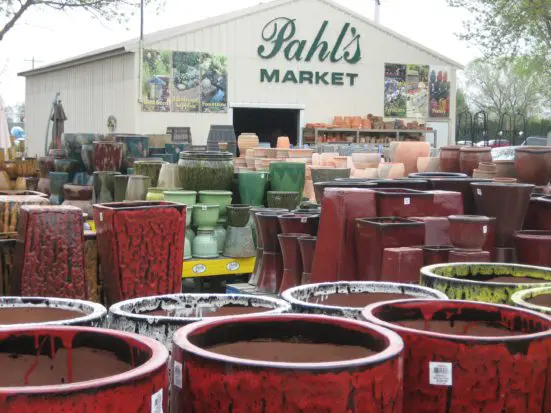
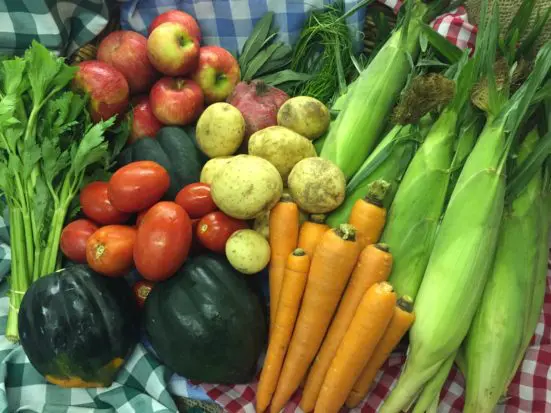
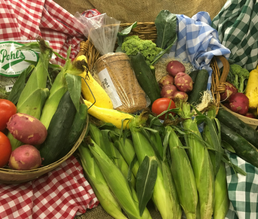
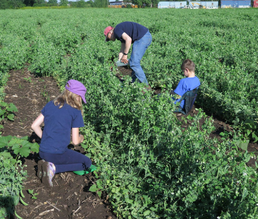
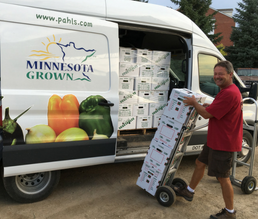





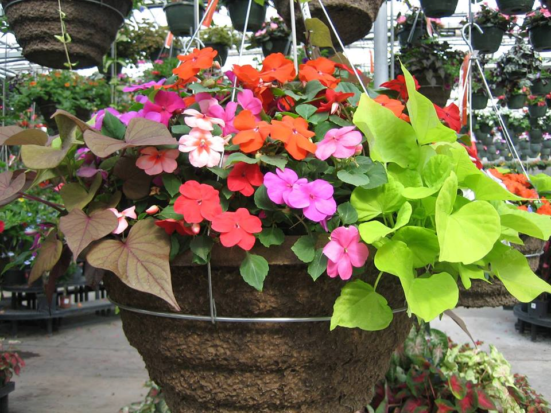
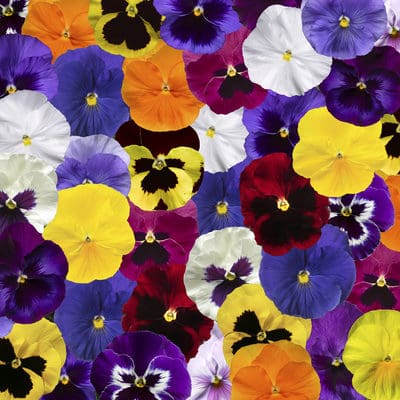
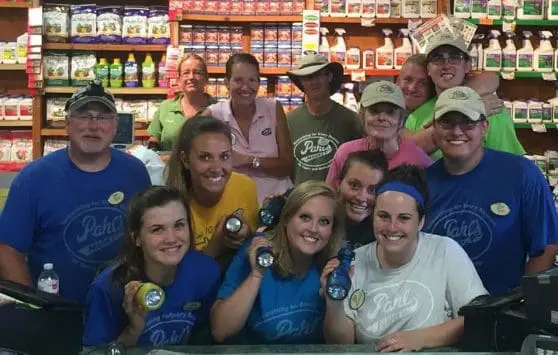



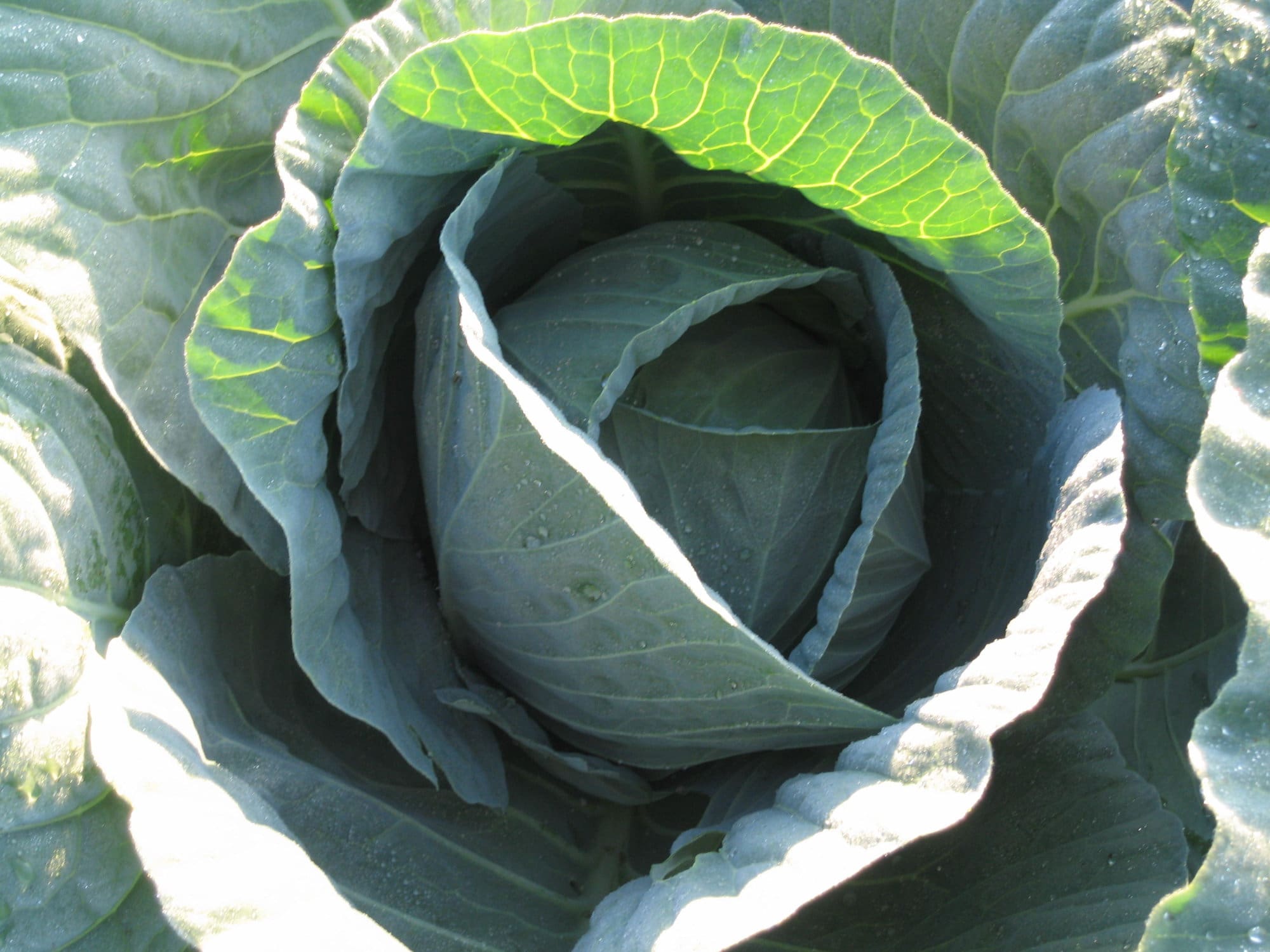

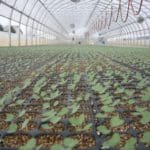
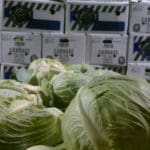



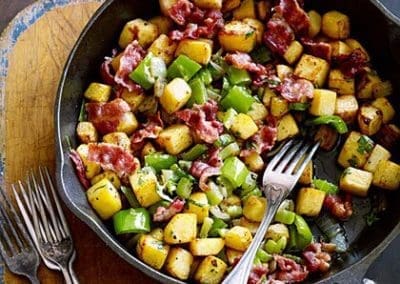
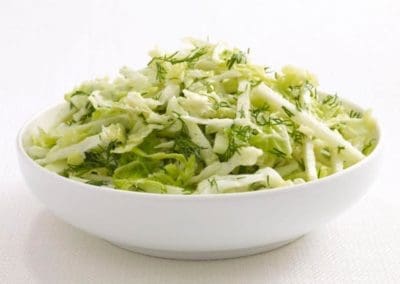

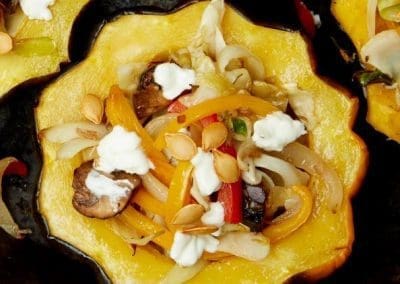

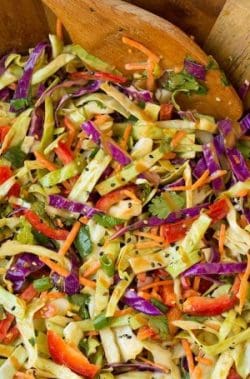
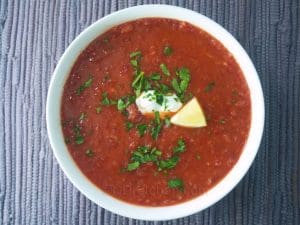

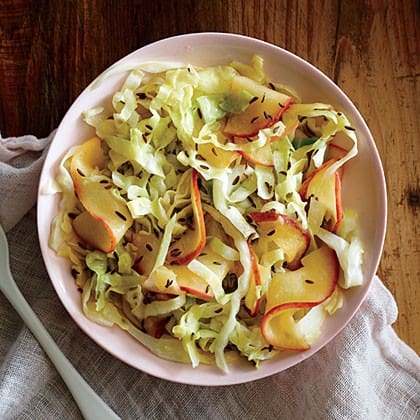
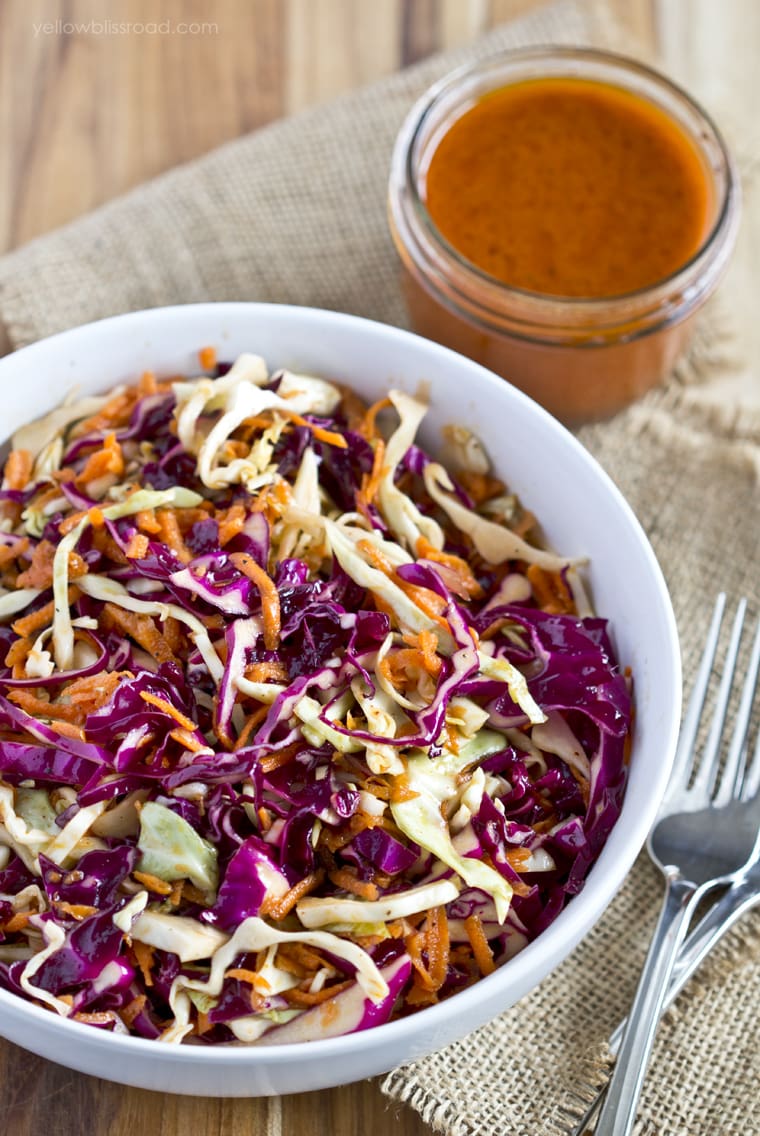

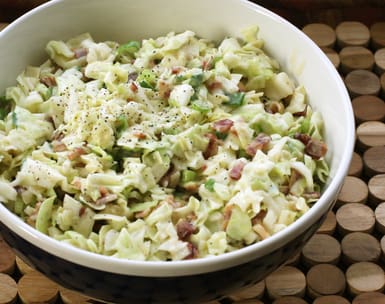
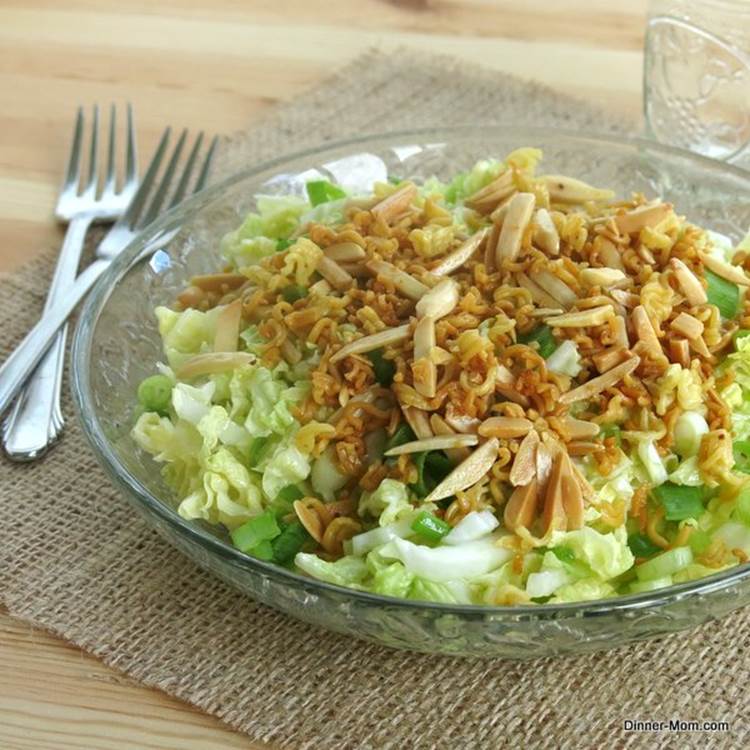

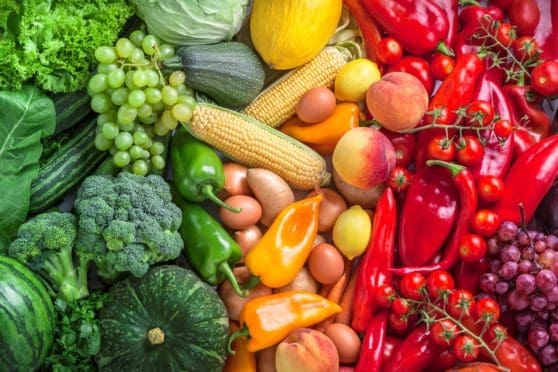

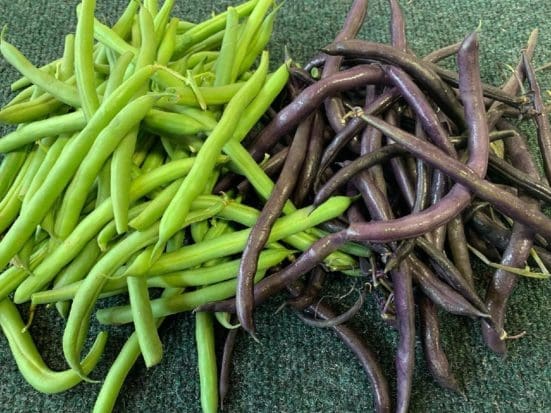

0 Comments